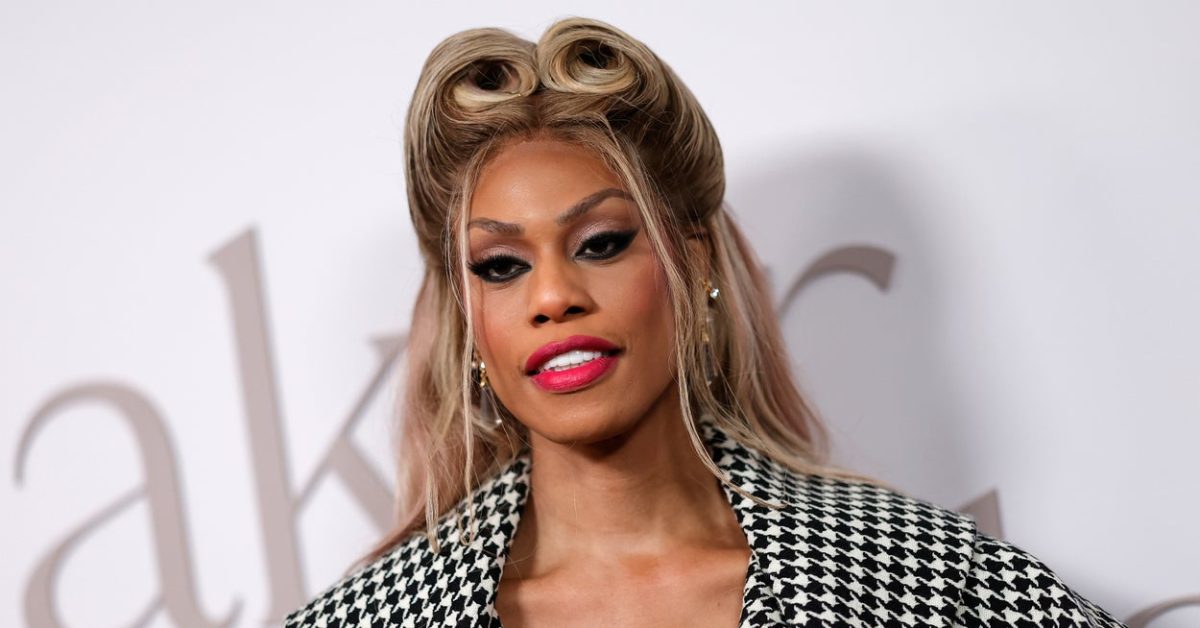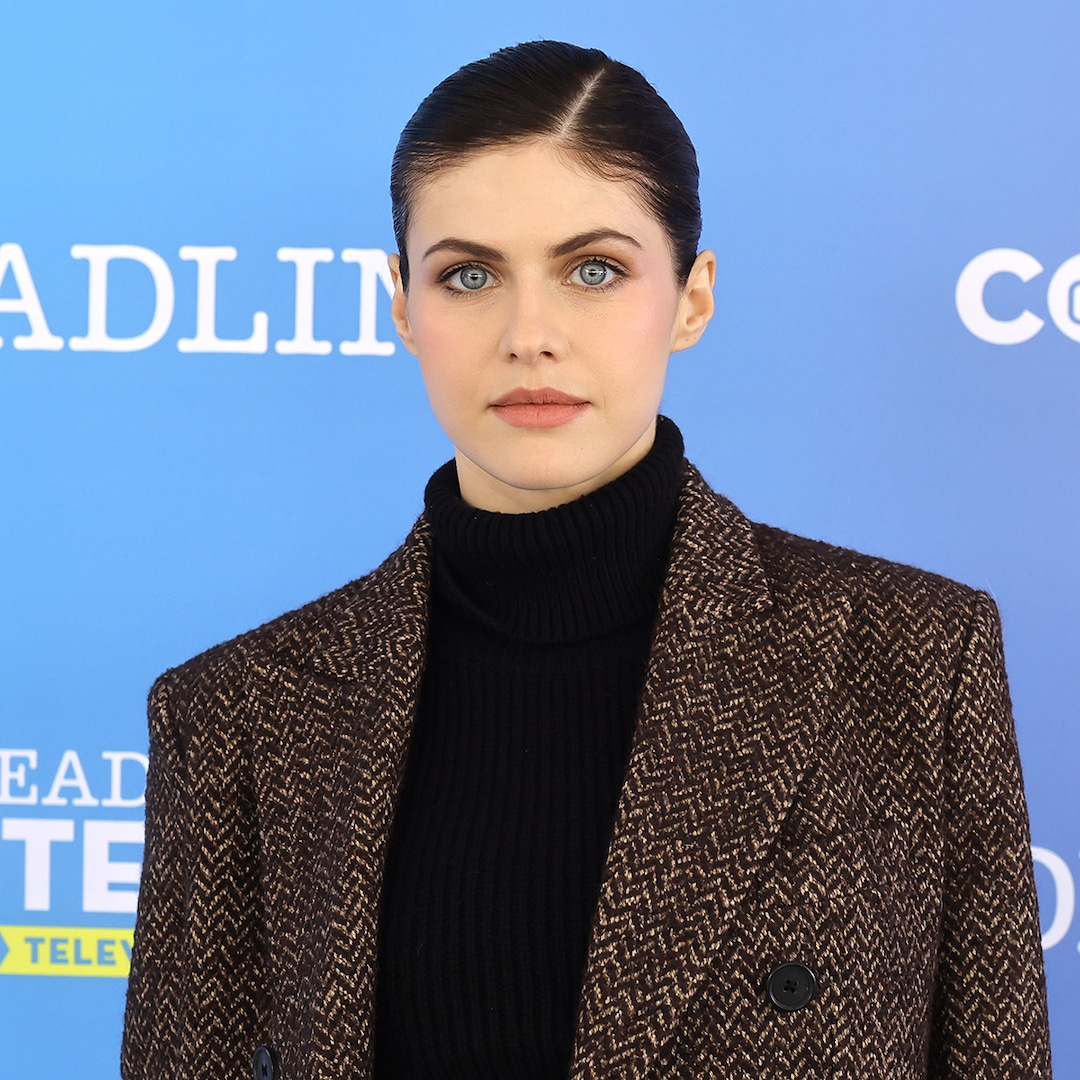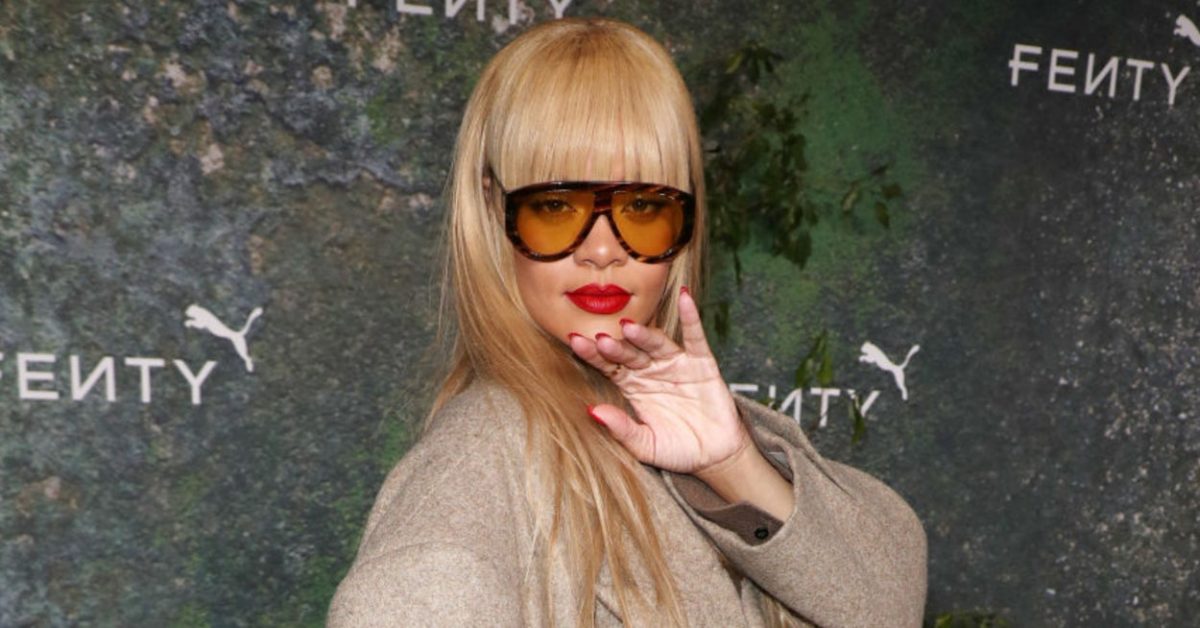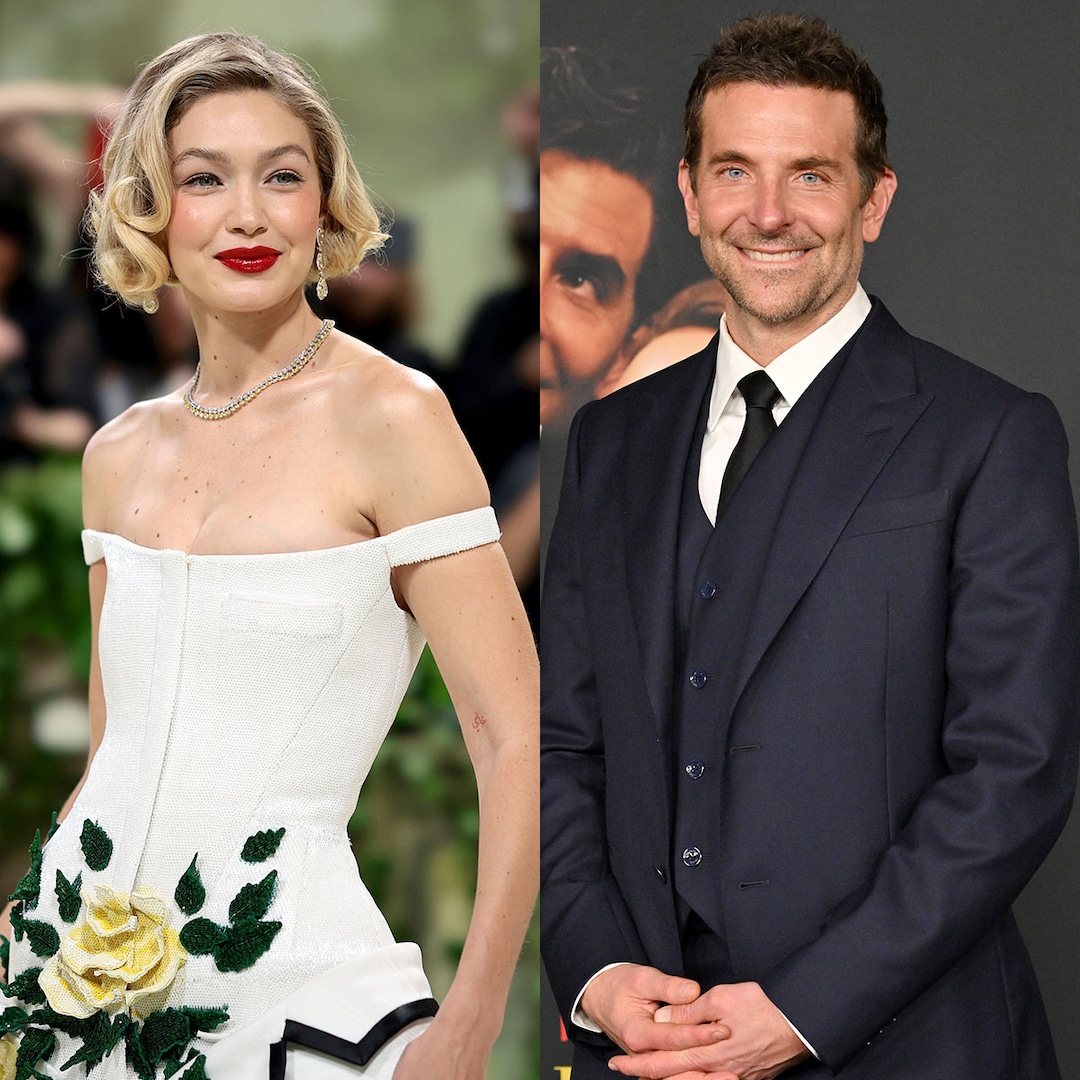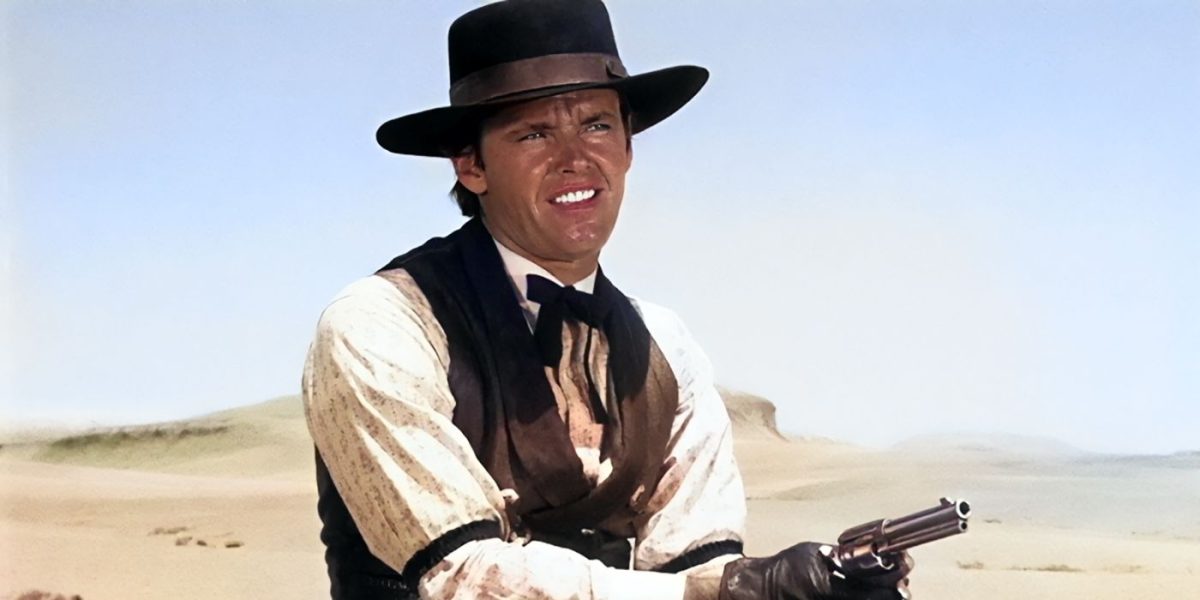
This ’60s Jack Nicholson Western Never Played in Theaters
May 16, 2024
The Big Picture
The Shooting
, a hidden gem in Jack Nicholson’s filmography, deserves wider recognition and appreciation from audiences.
Despite struggles with distribution and legal issues, the film has gained a cult following and is now accessible for streaming.
With its experimental storytelling, impressive cast, and atmospheric cinematography,
The Shooting
stands out in the Western genre.
Even the most ardent, die-hard Jack Nicholson fans may never have seen the image: the New Jersey native donning a Bolero hat, wielding a gun on horseback, endless empty valleys rolling behind him. Nicholson acted in relatively few Western films throughout his career, and the ones in which he did act sit nowhere near the top of his filmography. However, his 1966 outing in The Shooting, part of a double feature with Ride in the Whirlwind, another Nicholson Western with Monte Hellman directing, is a film that deserves to be seen by a much wider audience than it ever has. It was never given an official theatrical release, and so it never had the chance to reach audiences and become a box office success.
The Shooting was shown at film festivals around the U.S., as well as out-of-competition at Cannes, but was never initially picked up by a U.S.-based distributor. Foreign film rights were sold to a company that subsequently went bankrupt, and due to various legal issues, the film risked never seeing the light of day. It was eventually released on television before having limited theatrical runs in the 1970s after Nicholson rose to fame. It now has a cult following and receives occasional screenings in art-house and independent theaters, finally allowing audiences to see this mysterious, experimental, beguiling Western, even if it is still on a small scale. The Shooting is now streaming on Max and is hopefully being seen by more people than ever before. Many well-regarded films have sat on the shelves for a long time before gracing audiences with their presence, and The Shooting sings from that same hymn sheet. With its 60th anniversary coming up in 2026, maybe a well-overdue official theatrical release will come. It can’t be said that the film doesn’t deserve it, because The Shooting is a corker of a Western.
The Shooting Run Time 1 hr 22 min Director Monte Hellman Release Date October 23, 1966 Actors Jack Nicholson, Millie Perkins, Will Hutchins, Warren Oates
What Is ‘The Shooting’ About?
One of the downsides to the film industry is that money is the driving factor behind what audiences do and do not get to see. It’s to blame for films having limited releases or going straight to streaming. It’s even sometimes to blame for films that never got made at all. The Shooting is one such film that audiences were never properly afforded the luxury of seeing in a cinema. And that’s such a shame because it really is a strong and intriguing film. Any film that has 100% on Rotten Tomatoesmust be pretty good, right? The film has a stellar cast in front of and behind the cameras. Hellman, the director, would go on to direct the more renowned cult classic Two-Lane Blacktop in 1971. “Adrien Joyce,” the pseudonym of the screenwriter Carole Eastman, would be nominated for an Academy Award for penning the script to Five Easy Pieces in 1970. And, aside from Nicholson, the cast in front of the camera includes the legendary character actor Warren Oates, TV actor Will Hutchins, and Millie Perkins, who’s most well-known for expertly playing the titular role in 1959’s The Diary of Anne Frank. With such an array of talent in front of and behind the camera, that alone would justify the price of admission.
On account of the wealth of talent on display in this film, it should come as no surprise that The Shooting is a fantastic little indie Western that is more than well worth a watch. It follows two men (Oates and Hutchins) who are hired by a mysterious woman (Perkins) to travel with her across the desert to a remote town, all the while being tracked by a murderous, all-dressed-in-black gunslinger (Nicholson). The audience is never explicitly told why Perkins wants to travel across the desert, why she needs the two men to come with her, or why Nicholson is following them and wanting to kill them. The ending is left open to interpretation, though it does conform to the genre’s norms by including a well-staged gunfight. The film’s ambiguity, though, is one of its strongest points. There is a lot to be said for a film with a runtime of 82 minutes that manages to feature fully fleshed-out characters with deeply philosophical themes. The murderous overtones of Nicholson’s character give the film an existential dread throughout for the other characters, a reminder that death is waiting around the corner for them, whether they know it or not. The characters’ nihilistic attitudes are clear thematic predecessors to more modern Westerns, like Clint Eastwood’s Unforgiven or even Quentin Tarantino’s Django Unchained. Hellman’s experimental approach to filmmaking, including atmospheric cinematography, minimalistic storytelling, and innovative camera work, does create an odd film. Its independent, art-house overtones weren’t necessarily aligned with the 1960s counter-culture films like Michelangelo Antonioni’s Blow-Up of the same year, or the more thematically-similar film in Dennis Hopper’s Easy Rider, so audiences may not have flocked to the theaters to see the film anyway.
And that probably explains why it wasn’t even sought out for theatrical release. The films that won big at the next Academy Awards were A Man For All Seasons and Who’s Afraid of Virginia Woolf?, two intense, highly dramatic films. The highest-grossing film of the year was Dino De Laurentiis’ religious epic The Bible: In The Beginning…, so audiences were clearly looking for something else at the time. That does not diminish the film’s qualities at all, but rather highlights why Nicholson and Hellman had a tough time finding U.S.-based distributors for their film. However, the film’s evocative and atmospheric cinematography by Gregory Sandor and a soundscape-like score by Richard Markowitz, clearly influenced by Ennio Morricone, make it an immensely watchable film and one that audiences deserved to have had the chance to see at the time. There are reasons for its perfect score on Rotten Tomatoes, after all.
2:02 Related 10 Westerns with Near-Perfect Rotten Tomatoes Scores No Rotten Tomatoes for Bad Westerns.
What Does ‘The Shooting’ Do That Other Westerns Don’t?
In the broad canon of the Western genre, The Shooting does find itself somewhat out on its own. Its themes are more indicative of what’s to come in the genre, its style isn’t often associated with the genre, and its runtime is more characteristic of TV movies than it would be of cinematic films. Watching it now, knowing that The Good, The Bad and the Ugly was going to conclude Sergio Leone’s monumental Dollars Trilogy in the same year, Hellman’s film is notably ahead of its time with its revisionism of the Western genre. His work was a big influence on none other than Tarantino himself, naturally, who said of the man: “Monte Hellman made Westerns unlike any before or since.” The mood of The Shooting is, with the possible exception of Sergio Corbucci’s magisterial work The Great Silence (which also never initially had a U.S. distribution), one of the most nihilistic and existential of all Westerns that pushed the genre to new places in the 1960s.
Consider the fact that its runtime is almost exactly half that of Corleone’s triumphant spaghetti Western of the same year. One conformed to the epic narratives, grandiose landscapes, and larger-than-life characters that featured prominently in the works of John Ford and Howard Hawks, while the other did not. One shows its stylistic influences from the work of Akira Kurosawa, the other shows its cultish rejection of those ideals. The Shooting’s runtime does not impact upon the film negatively, however, because we still have very well-developed characters. Their motives may remain unclear, but their actions speak loudly and lead to a surprising climax. Hellman does make a conscious decision to focus on the mood and atmosphere over the plot, which lends itself to the obscure narrative he wanted for the film. Its elliptical storytelling and enigmatic characters leave much to the viewer’s imagination, which leaves room for speculation and analysis but does also, unfortunately, make the film slightly harder to follow. The ending — which won’t be spoiled here — is left up to the viewer to decipher, with an abrupt rolling of the credits leaving the audience with little time to pause. Ambiguous endings in films would become more vogue the following year with the release of Mike Nichols’ The Graduate. Hellman really was ahead of the curve in more ways than one.
The lack of a traditional hero in The Shooting, someone to root for, does distinguish itself from the typical John Wayne or Gary Cooper films where there are clear good and bad guys, the hallmark of most classic films of the genre. Warren Oates is the closest we get to an archetypal hero in this film. However, like the rest of the characters, he is driven by his own motivations. The same goes particularly for Nicholson’s Billy Spear and Perkins’ Willett. The three main characters keep the reasons for their actions to themselves, allowing the film to explode into violence towards its brutal and unclear climax. Logical conclusions can be drawn from the ending, though, and the pay-off for a willing viewer is worth it.
Hellman’s film deserves to be brought to the attention of a wider audience, and with the 60th anniversary of its “release” coming up in 2026, there’s the perfect opportunity to remaster it and give it the proper theatrical run it richly deserves. It features a fantastic cast of actors — it is particularly a great chance to see Nicholson play a character he would rarely play in his career — and a brilliant crew behind the camera. The beautiful landscapes and haunting score echo throughout the deep valleys and leave their mark upon the film, too. Audiences and distributors in the 1960s might not have taken to this film so well, but modern audiences will. What’s rare is wonderful, and the chance to see a rare film, one that never even made it to the projection booth in the first place, sounds enticing to any film fan.
The Shooting is available to stream on Max in the U.S.
WATCH ON MAX
Publisher: Source link
Laverne Cox Reacts To Donald Trump’s Election Win
Laverne Cox discussed why she's considering leaving the US following Donald Trump's win in the 2024 election. In a new interview with Variety, Laverne said that she and several friends were considering a move: "We’re doing research on different cities…
Nov 14, 2024
Alexandra Daddario Reveals Postpartum Body 6 Days After Giving Birth
Alexandra Daddario Shares Candid Photo of Her Postpartum Body 6 Days After Giving BirthAlexandra Daddario is embracing new motherhood. Days after welcoming her first baby with husband Andrew Form, the White Lotus alum shared a photo of her postpartum body…
Nov 14, 2024
Fans Are Reacting To Rihanna's Recent Comments About Shifting From Her Music Career, And They're Worried To Say The Least
"She tryna tell yall that she not releasing any music baby," one user wrote.View Entire Post › Disclaimer: This story is auto-aggregated by a computer program and has not been created or edited by filmibee.Publisher: Source link
Nov 13, 2024
Gigi Hadid & Bradley Cooper Twin During Limitlessly Chic NYC Date
A twinning moment is born. Gigi Hadid and Bradley Cooper—who have been quietly linked since October 2023—proved their romance is as strong as ever as they stepped out in coordinating looks for a stroll in New York City on Nov.…
Nov 13, 2024








